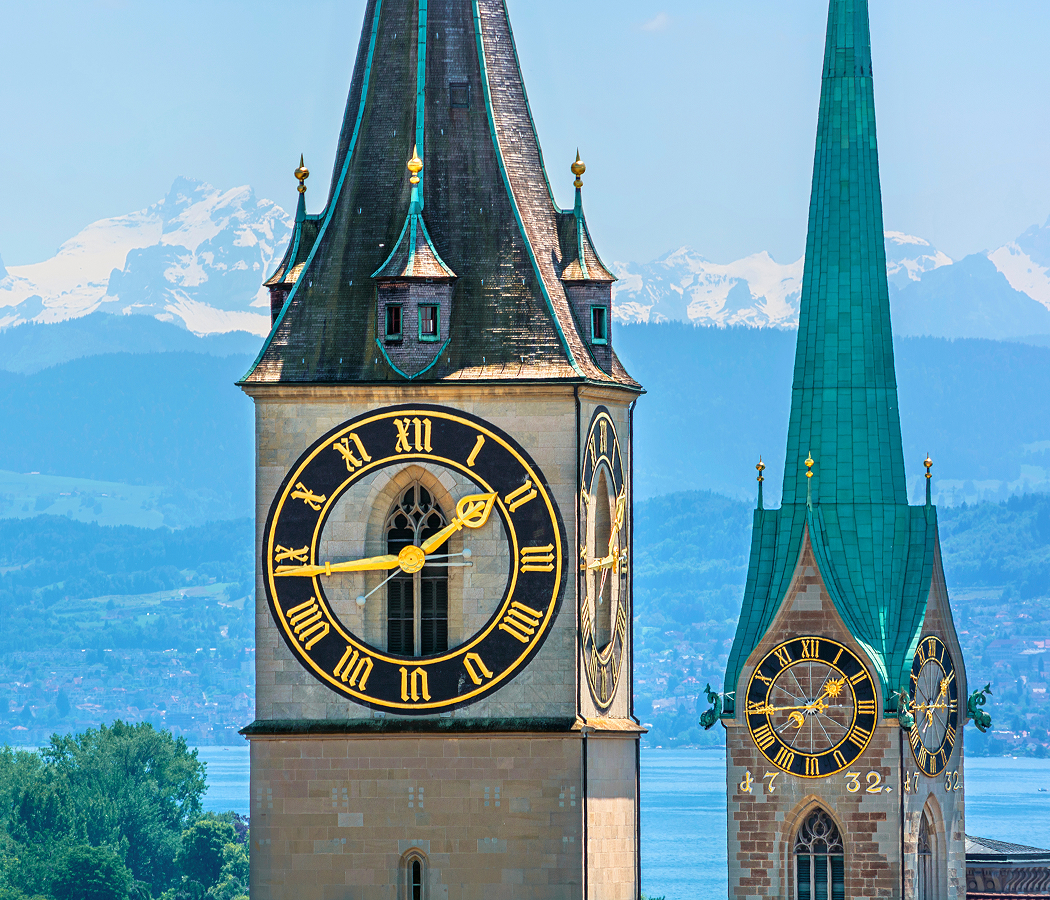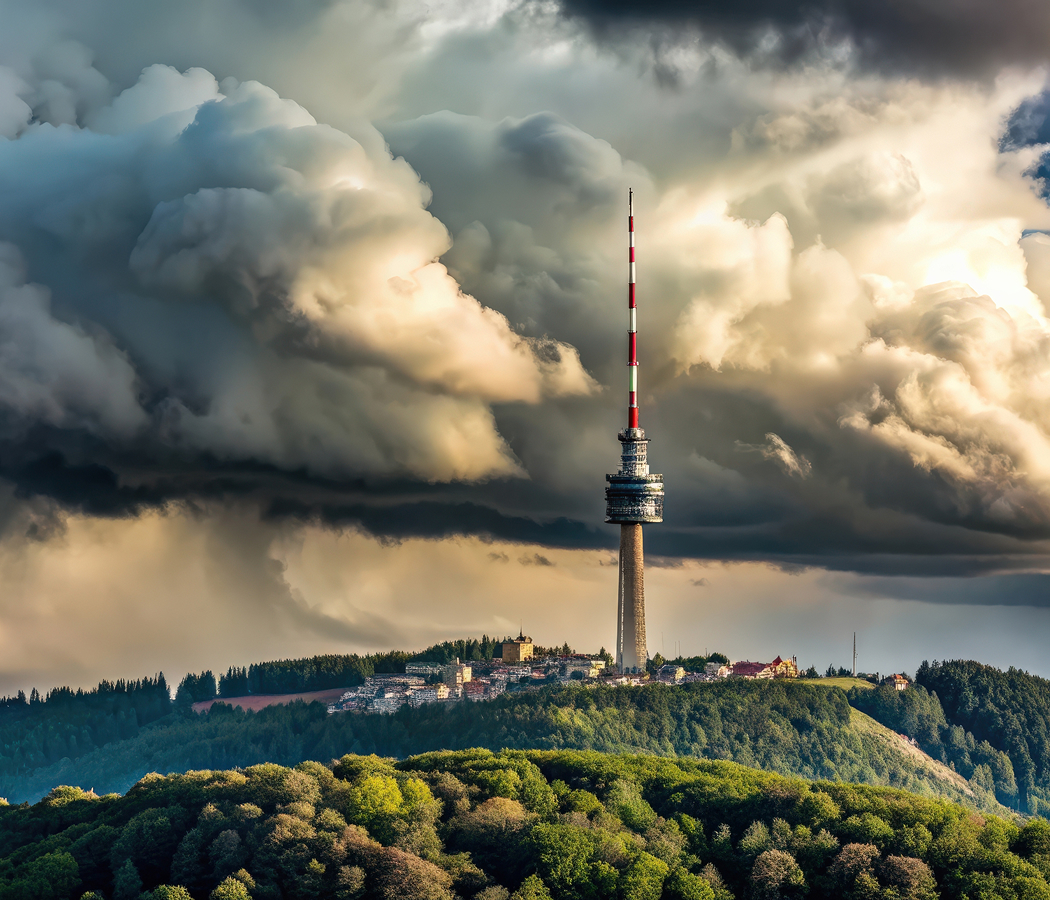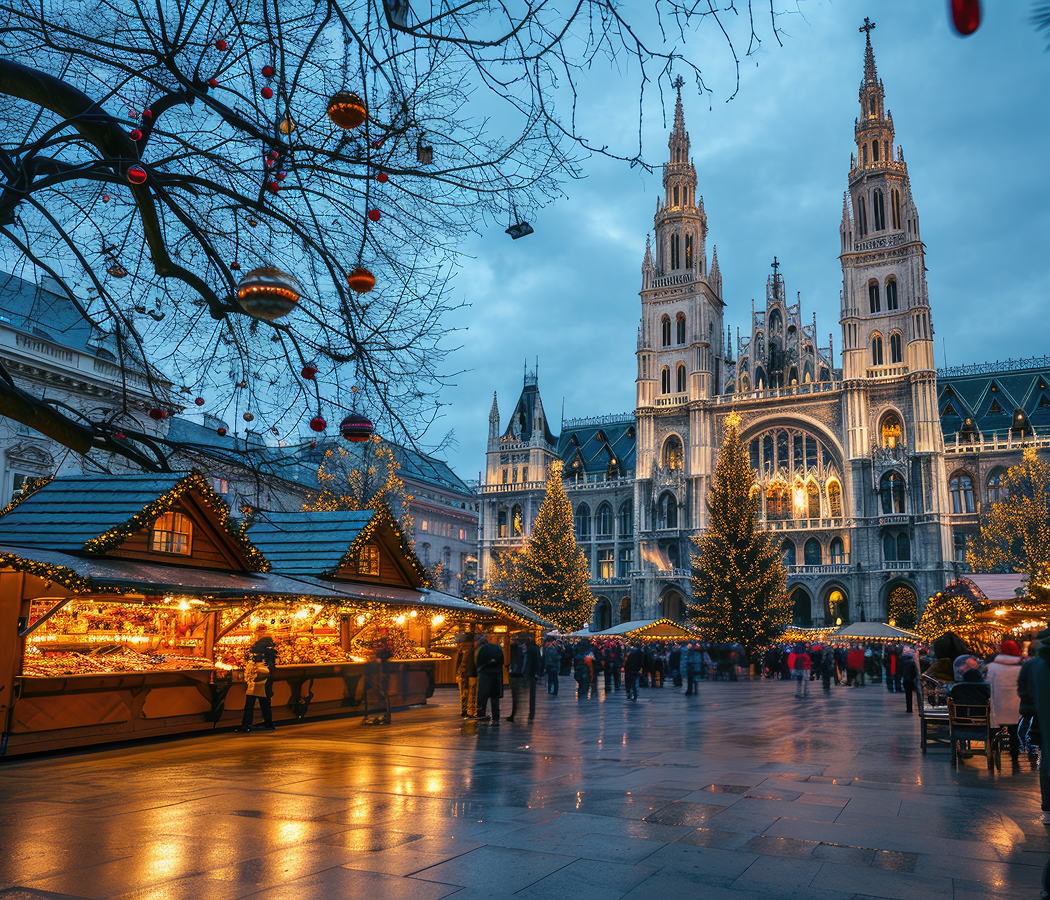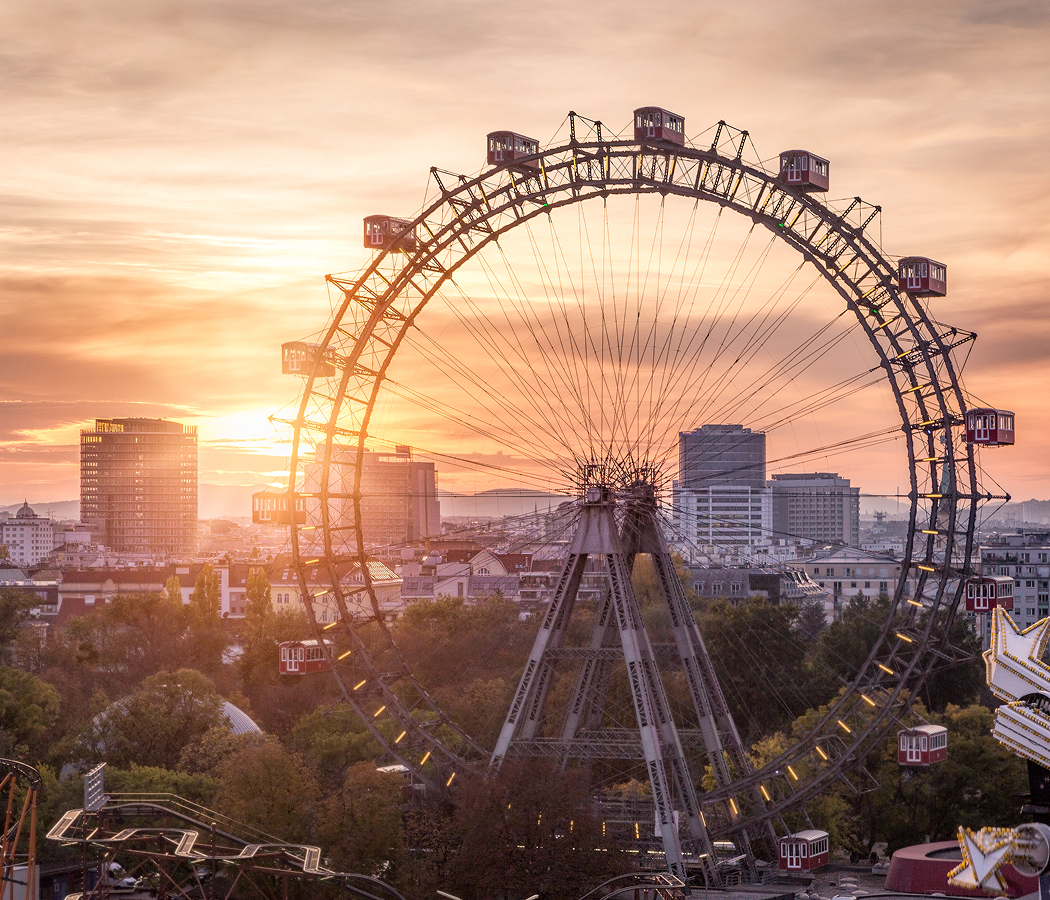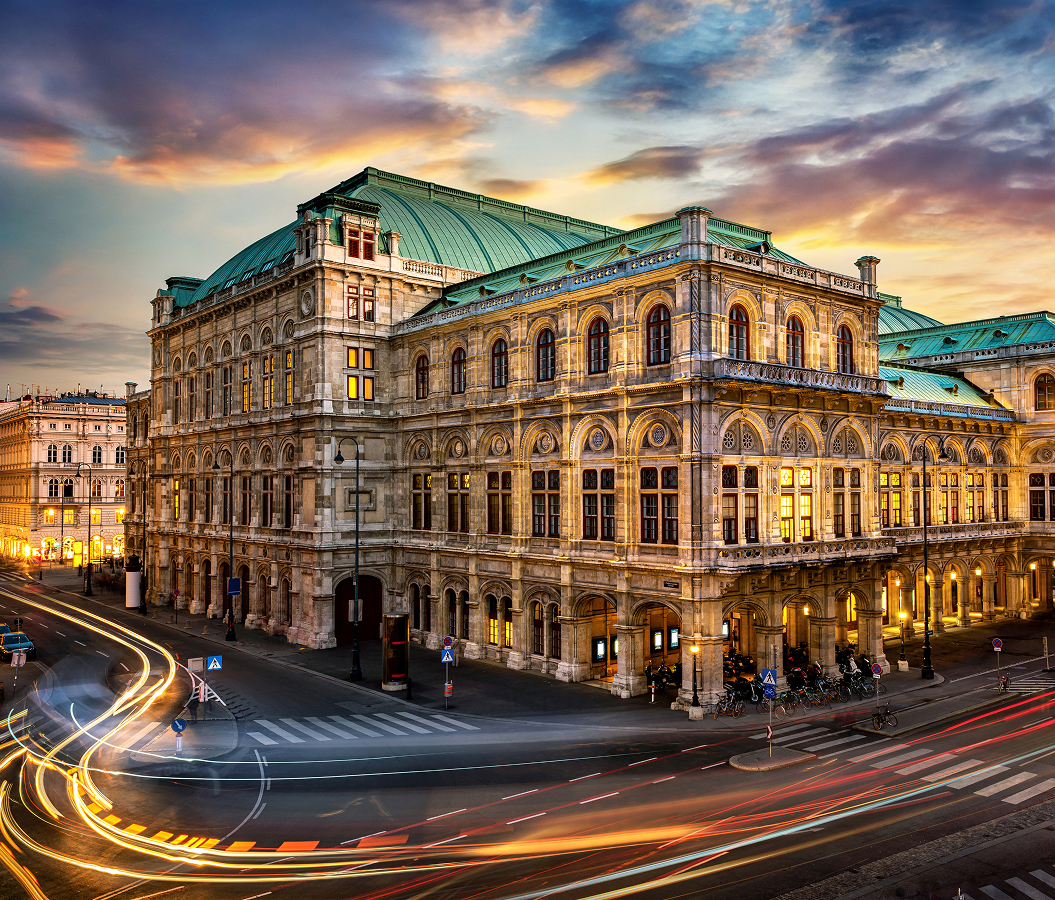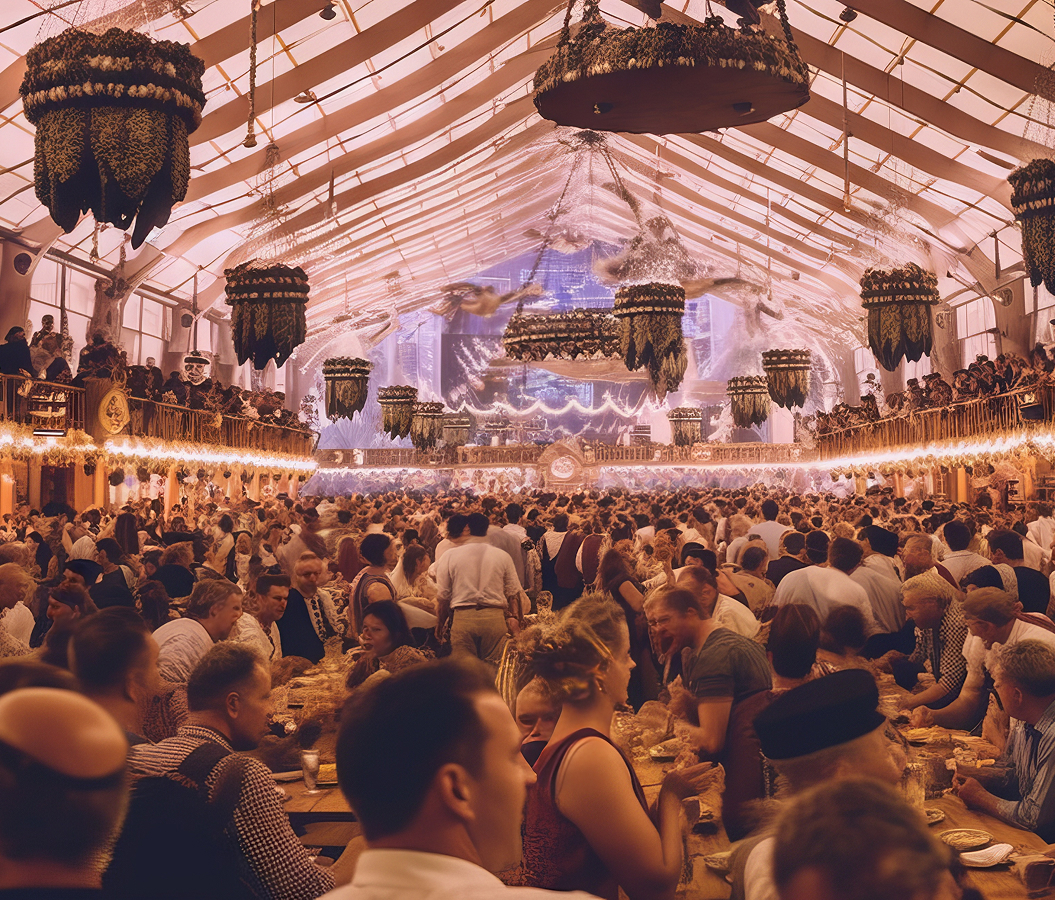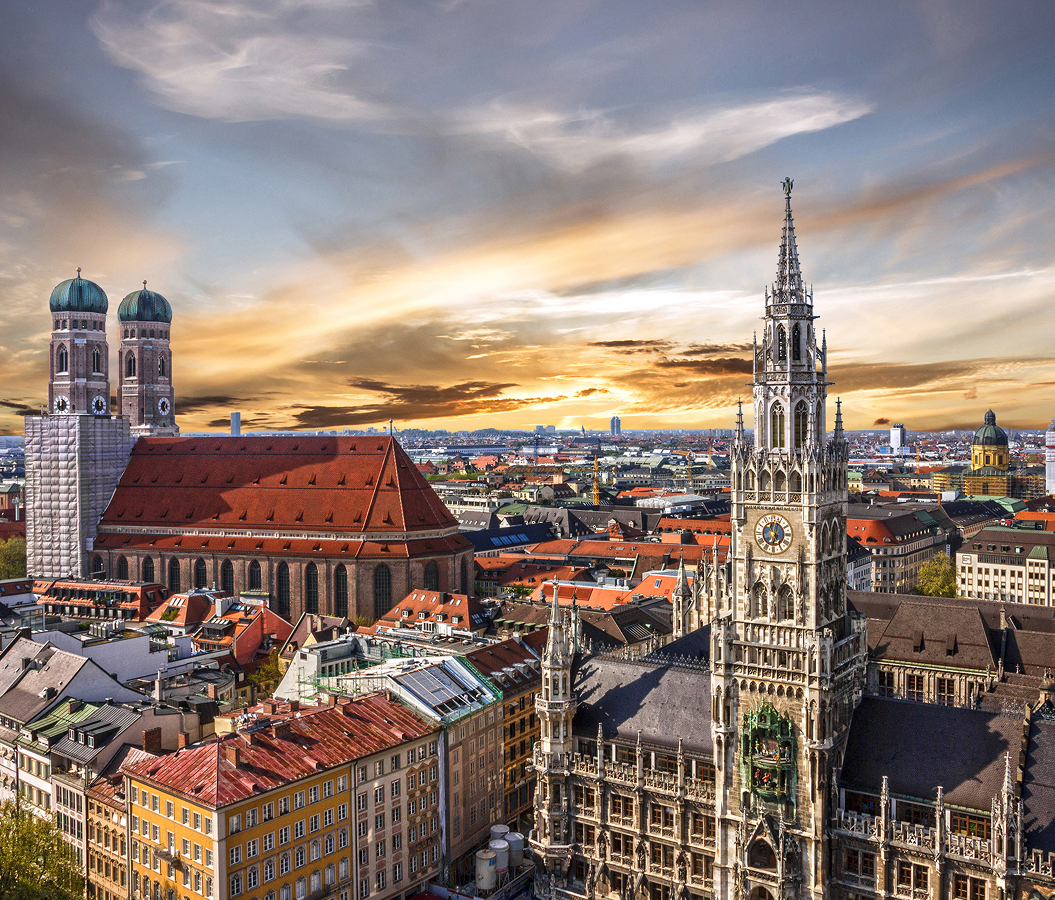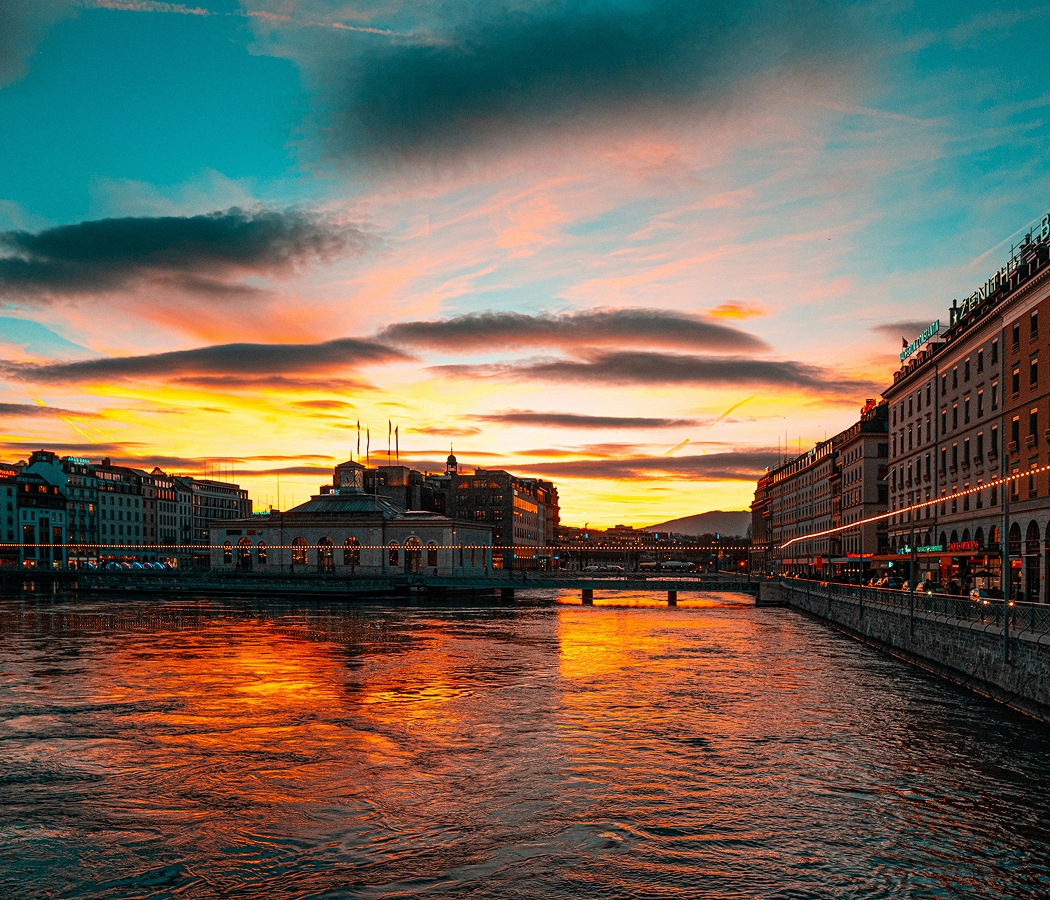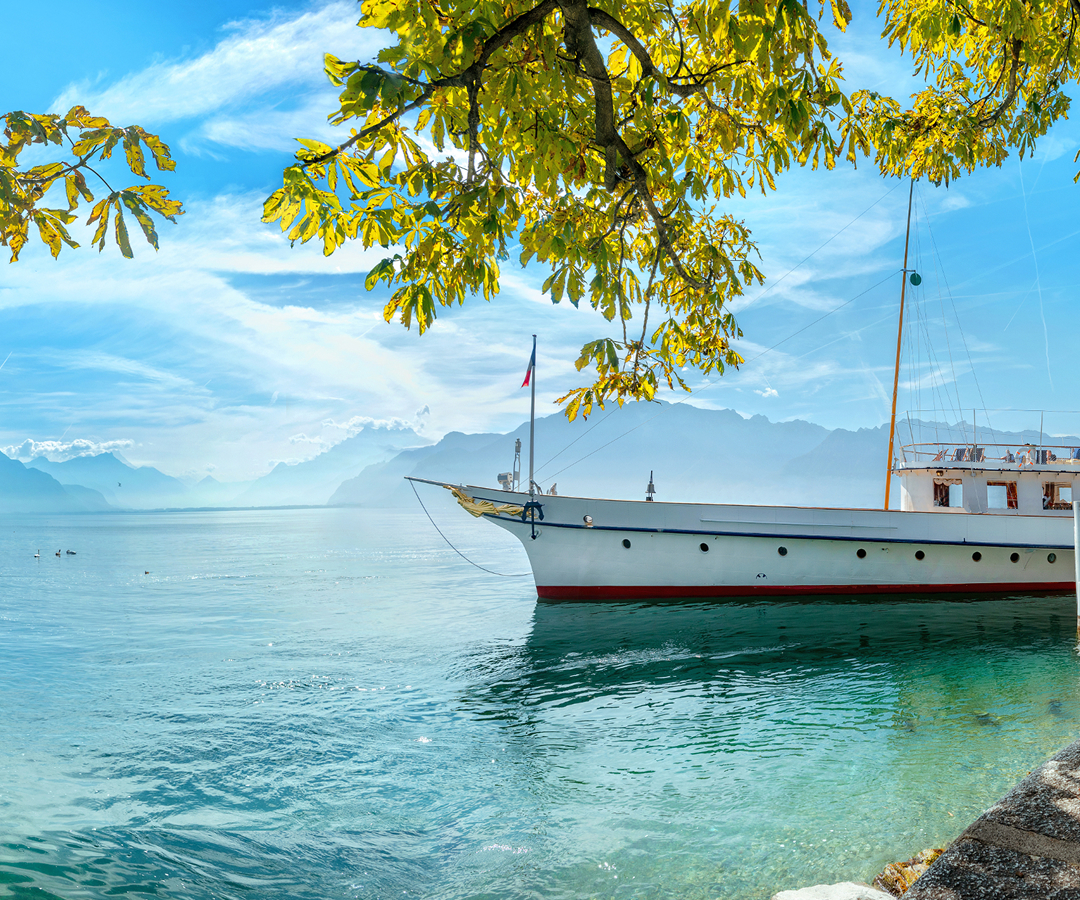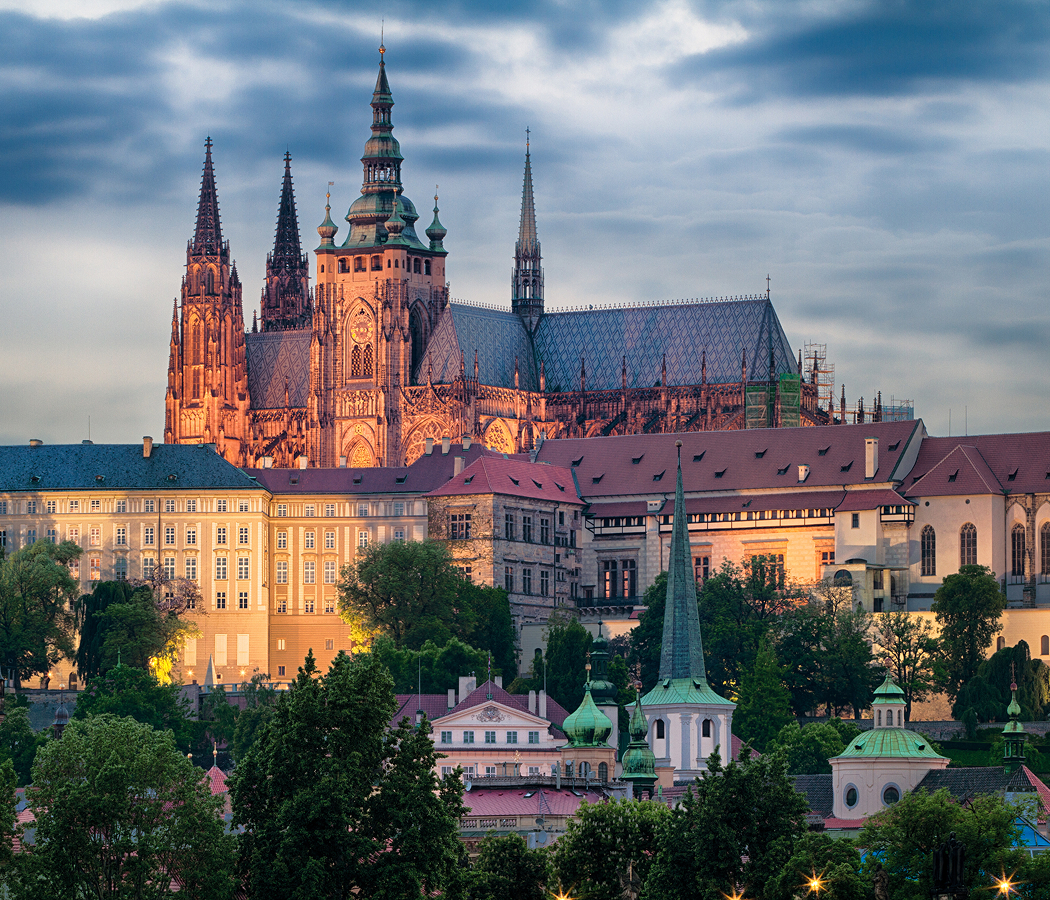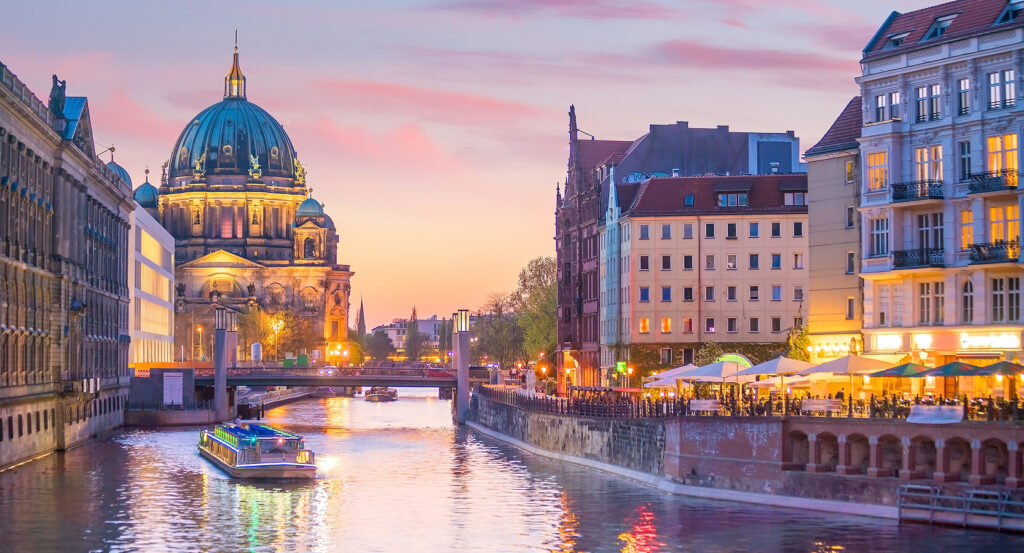
Why you should experience Museum Island in Berlin.
Set in the heart of Berlin, where the River Spree splits and shimmers around five majestic buildings, Museum Island stands as one of the world’s greatest intersections of art, history, and human achievement.
It isn’t just a collection of museums, it’s an architectural symphony, each hall and gallery a movement in the story of civilization itself. As you cross the bridge onto the island, the city’s pulse softens. The neoclassical columns of the Altes Museum rise before you, echoing the grandeur of ancient Greece. Behind them, the Pergamon Museum reveals entire worlds, from the monumental Ishtar Gate of Babylon to the intricate Market Gate of Miletus. The Neues Museum, lovingly reconstructed after wartime devastation, houses treasures like the iconic bust of Nefertiti, her calm gaze bridging 3,000 years of history. Around her, the past feels present, ancient hieroglyphs, marble gods, and golden relics glowing beneath the soft, reverent light. Beyond the artifacts, the very air seems charged with meaning. The domed Berlin Cathedral towers over the island, bells resonating through the courtyards as if harmonizing with the hum of centuries. In the early morning or at twilight, when the Spree mirrors the sandstone façades and the city lights flicker to life, Museum Island becomes something more than a destination, it becomes a meditation on time, culture, and the fragile brilliance of human creation.
What you didn’t know about Museum Island.
Though its beauty feels timeless, Museum Island is the product of bold vision, resilience, and renewal.
In the early 19th century, King Friedrich Wilhelm III of Prussia envisioned an ensemble that would make the arts accessible to all, a revolutionary idea at a time when most collections were reserved for the elite. The first structure, the Altes Museum, opened in 1830, signaling a cultural awakening that would redefine Berlin as a capital of enlightenment and learning. Over the following century, four more museums joined it, forming a physical and philosophical bridge between antiquity and modernity. But history tested the island’s endurance. Bombing raids during World War II left its buildings shattered and treasures scattered across Europe. For decades, as the Berlin Wall divided the city, parts of the island sat in silence, ghosts of grandeur caught in geopolitical limbo. Yet after reunification, Germany embarked on one of the most ambitious cultural restorations in modern history. Meticulous reconstruction revived the Neues Museum and Pergamon, preserving their scars as part of their story. Today, Museum Island is a UNESCO World Heritage Site, not only for its collections but for its symbolism, a testament to art’s ability to survive chaos, to endure beyond borders and ideologies. Few visitors realize that the island’s layout mirrors a philosophical map: from the Altes Museum’s classical ideals to the Pergamon’s global perspectives, it charts humanity’s evolution in stone, canvas, and thought. And in an age where attention spans shrink, it remains defiantly grand, a living argument for the power of depth, contemplation, and memory.
How to fold Museum Island into your trip.
Exploring Museum Island is less about checking boxes and more about losing yourself in the continuity of civilization.
Start early in the day to savor the calm before the crowds, crossing the Lustgarten to the Altes Museum, the perfect introduction to Berlin’s classical soul. From there, move north toward the Neues Museum, where the Egyptian and prehistoric collections flow seamlessly through time, culminating in the radiant stillness of Nefertiti’s chamber. Allow yourself to linger, this is art meant to be experienced slowly, like language rediscovered. Next, wander into the Pergamon Museum, currently undergoing restoration but still home to breathtaking architectural reconstructions that defy imagination. The Bode Museum, at the island’s northern tip, offers a contemplative finale, its Byzantine art and sculpture bathed in golden light beneath a domed ceiling that feels almost spiritual. Between visits, take breaks on the riverbank promenade, where cafés and benches offer glimpses of Berliners cycling past and boats drifting by. If time allows, ascend the dome of the Berlin Cathedral for panoramic views that reveal the island’s harmony from above, the blend of classical geometry and modern vitality. As evening settles, return to the bridges and watch the museums glow against the Spree, their reflections shimmering like memories of all that humanity has built and preserved. To visit Museum Island is to witness civilization speaking across centuries, a dialogue carved in stone, restored through resilience, and kept alive by every quiet step you take between its walls.
Hear it from the Foresyte community.
It’s not just the art, it’s the scene. River wraps around, cathedral stares down at you, and suddenly you’re in the middle of some painting. Time doesn’t exist here.
Where meaningful travel begins.
Start your journey with Foresyte, where the planning is part of the magic.
Discover the experiences that matter most.





